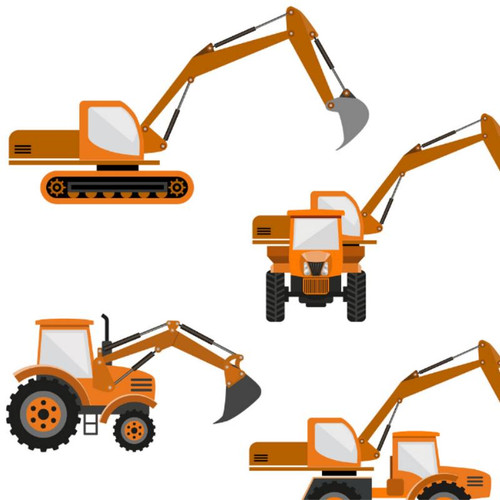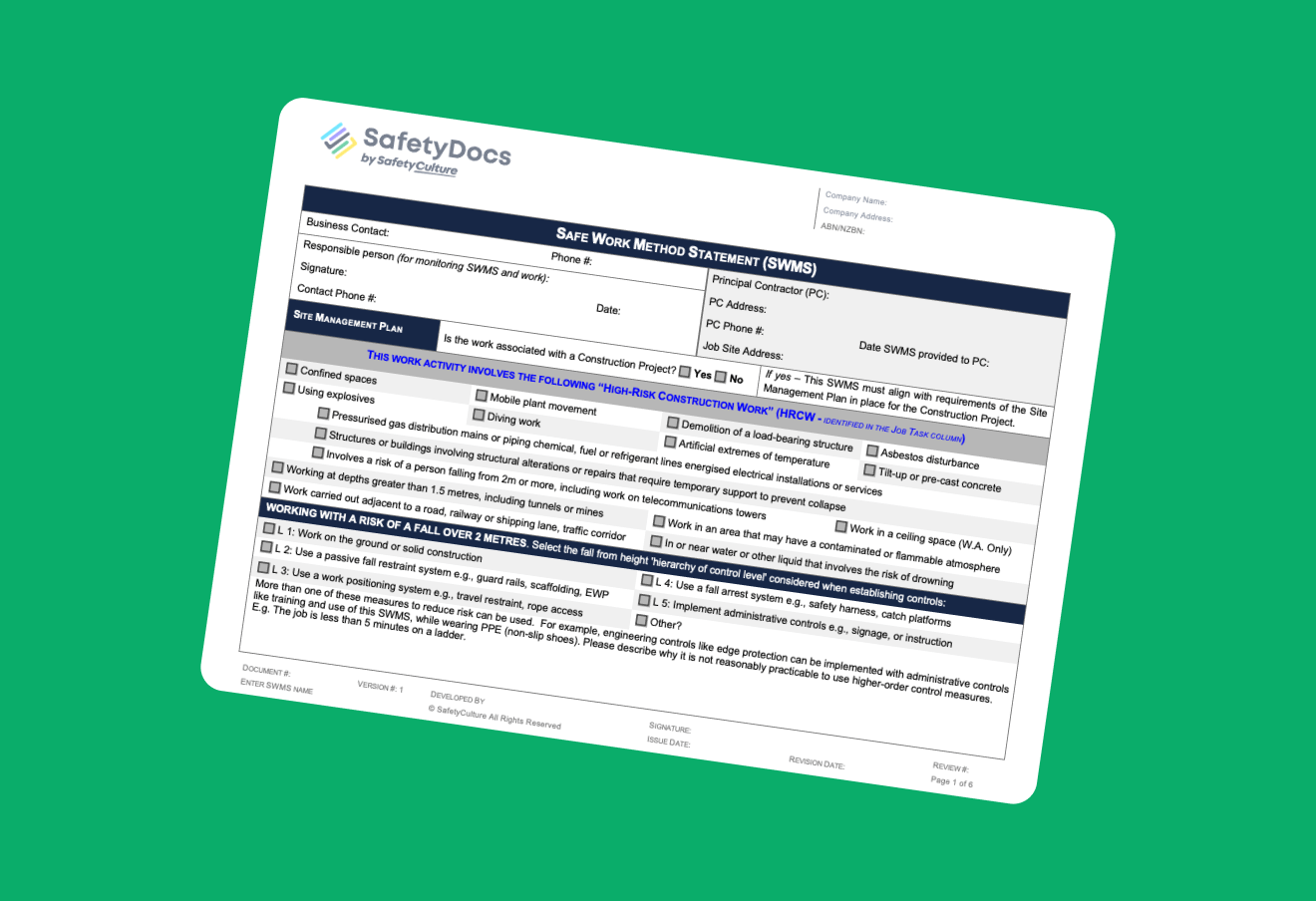
25% Off All Products! - Enjoy 25% off storewide from 3-16 November 2025. No code needed - discount automatically applied at checkout. + *T&C’s apply.
Promote a healthy and supportive work environment with our comprehensive plan to identify, assess, and control psychosocial hazards. Our plan provides guidance on preventing and managing bullying, harassment, stress, and other workplace stressors, fostering employee well-being and productivity.



Need help finding a Management Plan?

Add Your Own Logo
Only $14.95 Per Cart!Only $14.95 Per Cart!
With this powerful tool, you can add your logo, business name, address and ABN to all of the required fields within your documents for one low fee per cart - not per document. You will then receive your branded documents shortly after payment. Simply add at the cart!







About SafetyDocs by SafetyCulture Psychosocial Hazards Management Plan
1. Psychosocial Hazard Policy & Procedures: Provides a comprehensive framework to manage psychosocial risks associated with work stress, company culture, and relationships.
2. Bullying Policy & Procedures: Detailed guidelines to prevent, identify, and manage workplace bullying incidents.
3. Domestic Violence & DV Workplace Safety Plan: A sensitive approach to mitigate risks and ensure the safety of employees facing domestic violence.
4. Drugs and Alcohol Policy: Establishes clear expectations regarding substance use and its impact on workplace safety.
5. Workplace Fatigue Policy: Framework to identify and manage employee fatigue to maintain productivity and prevent burnout.
6. Sexual Harassment Policy: Comprehensive guidelines to prevent, address, and manage sexual harassment incidents.
7. Psychosocial Risk Assessment Checklist: A tool to identify, evaluate, and mitigate potential psychosocial risks.
8. Manager and Employee Guidance Material: Essential resources to educate and guide employees and management in fostering a supportive and respectful work culture.
This Plan offers a robust mechanism to identify and address psychosocial hazards and foster a positive work environment. Invest in the well-being of your workforce with our holistic Psychosocial Hazard solutions.
Benefits of implementing a Psychosocial Hazards Management Plan
SafetyDocs Management Plans bring multiple benefits to businesses. Here's why they matter:
- Employee Safety: Prioritising employees' well-being creates a safer work environment, boosting morale and productivity.
- Legal Compliance: These plans ensure adherence to safety regulations, reducing the risk of penalties and fostering stakeholder trust.
- Risk Reduction: Identifying hazards and implementing preventive measures minimises accidents, damage, and financial losses.
- Cost Savings: By preventing accidents, businesses save on medical expenses, claims, legal fees, and insurance premiums. Downtime and equipment damage is also reduced.
- Improved Productivity: A safe workplace minimises distractions, fostering consistent workflow and heightened productivity.
- Enhanced Reputation: Customers, employees, and investors favourably view businesses with robust safety plans.
- Continuous Improvement: Regular assessments, incident reporting, and analysis foster a culture of improvement.
Investing in safety management plans ensures employee well-being, legal compliance, risk mitigation, cost savings, productivity gains, reputation enhancement, and a proactive approach to continuous improvement. Enjoy the benefits of a safer workplace and a thriving business!
A psychosocial hazard refers to any aspect of work design, organisation, or management, as well as the social and economic contexts of work, which have the potential to cause psychological or physical harm.
Examples include work-related stress, violence, bullying, harassment, and factors such as high job demands, low job control, and poor organisational support.
The new Australian Code of Practice gives businesses guidelines for managing and preventing psychosocial hazards in the workplace. It outlines principles, duties, and practices to ensure employees' mental well-being, promoting a healthier, safer, and more productive work environment. This code complements existing regulations and helps businesses achieve compliance with occupational health and safety standards.
The new Australian Code of Practice, developed by Safe Work Australia, provides guidelines for businesses to proactively manage and prevent psychosocial hazards in the workplace. This code complements the existing state regulations on psychosocial hazards, which have been progressively implemented since 2022.
Both employers and employees have a role to play. Employers are responsible for providing a safe and healthy work environment, and employees are responsible for following the policies and procedures outlined in the plan.
The plan includes a comprehensive risk assessment checklist, step-by-step communication and monitoring procedures, and guidance materials for managers and employees.
The plan is designed to be user-friendly and easily integrated into your existing safety management system. The step-by-step procedures and checklists provided will simplify the implementation process.
Yes, the Psychosocial Hazards Management Plan is designed to be adaptable to various industries and organisational structures. The tools and resources provided can be customised to suit your organisation's unique needs and requirements.